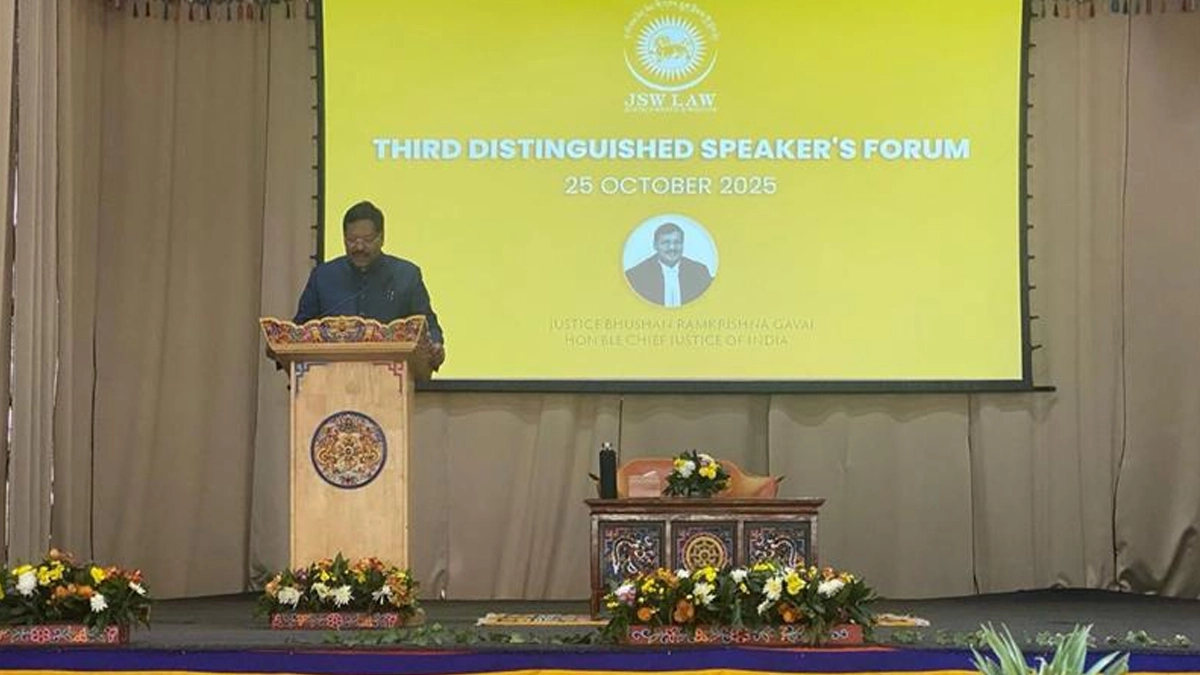Copyright dailymail

A California city has unveiled a new 'dark sky' law, mandating that homeowners switch off their lights by midnight to protect local wildlife. The Palo Alto City Council is set to review a bold 'dark sky' ordinance on November 10, which would enforce a strict city-wide curfew requiring most outdoor lights to be turned off at midnight sharp, according to Palo Alto Online. Light trespass, or the unwanted glow spilling onto neighboring properties, would also be tightly controlled under the proposal, dropping the limit from 0.5 to a mere 0.1 foot-candle. The policy's main purpose is wildlife protection. Reducing nighttime illumination across Palo Alto, including the marshland trails of Baylands Nature Preserve, would safeguard ecosystems in the area. The effort is part of a wider push to curb light pollution, a measure designed to protect not only wildlife but also human health. But the proposal has met fierce resistance, with some residents warning that dimmer lights could leave their homes feeling less secure after dark. Specifically, residents around Edgewood Drive, near San Francisquito Creek, have been voicing worries for months about the rise of homeless encampments in nearby residential parks. Resident Tom Fountain expressed his concerns in a letter to city planners, stressing that outdoor lighting is vital for the community’s safety, according to the outlet. 'I am terrified of the safety issues my wife and young daughter will face returning to a dark house, trying to take out the trash through a dark backyard, as they are forced to navigate an unlit pool, or are unable to see criminals accessing our yard,' he said. Officials addressed growing resident concerns by exempting Edgewood Drive from the new lighting standards. 'While crime data do not support the designation of specific areas as high security risk zones, staff recognize some residents may have heightened perceptions of safety concerns based on local conditions or experiences,' they noted in a planning report outlining the policy. Officials in Palo Alto have also acknowledged another significant challenge: executing the law may prove nearly impossible. 'Staff remains concerned about establishing regulatory standards that cannot be reliably enforced, as this may lead to unrealistic expectations in the community regarding the extent of compliance that can be achieved,' the city's report stated. The 'dark sky' ordinance is not new to the West Coast, with several Bay Area cities - including Portola Valley, Woodside and Brisbane - having already adopted similar laws. Brisbane’s law, enacted last year, imposes a 10pm curfew on outdoor lights, allowing exceptions for entrances, exits and parking areas with motion sensors. Palo Alto is now stepping in line with its neighbors, seeking to protect the night sky and conserve energy by limiting artificial lighting. Supporters argue artificial light disrupts the natural rhythms of plants and animals. It can disorient migrating birds - sometimes fatally - and contribute to the decline of other species like sea turtles and fireflies. Nighttime illumination also interferes with nocturnal animals, affecting their ability to hunt and reproduce, supporters say. Even aquatic life is impacted, as artificial light can suppress hormones in fish that regulate sleep and other biological processes. Similarly, exposure to excessive light at night in humans has been linked to sleep disorders and may increase the risk of serious conditions such as dementia and cancer. In April, Palo Alto attempted a more modest ordinance, which was rejected. It would have applied only to new construction, major remodels or new light fixtures, but critics argued it was far too narrow to make a real impact. Council Member Greer Stone previously warned that the 'dark-sky' law would basically have no impact if it applied only to new light fixtures, arguing that without including existing lights, it could take '50 to 100 years' to address the problem. Now, under the new proposal, existing fixtures that can be dimmed to meet the standards must be adjusted within two years, while those that cannot be dimmed must ultimately be replaced. Residential properties have 10 years to comply, according to Palo Alto Online, and nonresidential properties have five. Any lighting that does not meet the standards must remain completely shut off until it is brought into compliance. Because the city’s new 'dark sky' proposal is far broader, officials are banking on education and voluntary compliance to hit its goal. According to a planning report obtained by the outlet, efforts would include sending informational materials to property owners and providing letters residents can use to ask neighbors to shield or dim their outdoor lights. Council member Pat Burt argued that taking voluntary compliance into account, the 'dark sky' law could still be effective, even if not everyone follows it. He compared it to speed limits, noting that most drivers slightly exceed the posted limit and police rarely enforce every single minor violation - yet speed limits still improve overall road safety.



